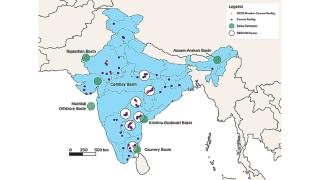As India considers the co-processing of industrial and hazardous wastes in energy- and resource-intensive industries such as cement, its central Pollution Control Board (CPCB) and Norway’s Foundation for Scientific and Industrial Research (SINTEF) consider the regulatory requirements and co-processing experiences in the country. In the second part of our focus on co-processing in India, recent projects are highlighted. By JS Kamyotra, SS Bala and PK Gupta, central Pollution Control Board, Ministry of Environment and Forests, India, and KH Karstensen, Sintef, Norway.
In February 2010, India’s Central Pollution Control Board (CPCB) released guidelines for the co-processing of hazardous waste in cement plants. According to the guidelines, a cement plant considering co-processing must submit an application for a test burn to the State Pollution Control Board (SPCB). The SPCB grants test burn permission within 60 days of receipt of the application. The cement plant must then also inform the CPCB about the test burn at least 15 days in advance so the latter can monitor the trial run. The test lasts five days starting with a baseline test (with no waste feeding), followed by three days with waste and, finally, on the last day another baseline test is carried out. The test burns are usually conducted with the CPCB, SPCB and a third-party consultant.
